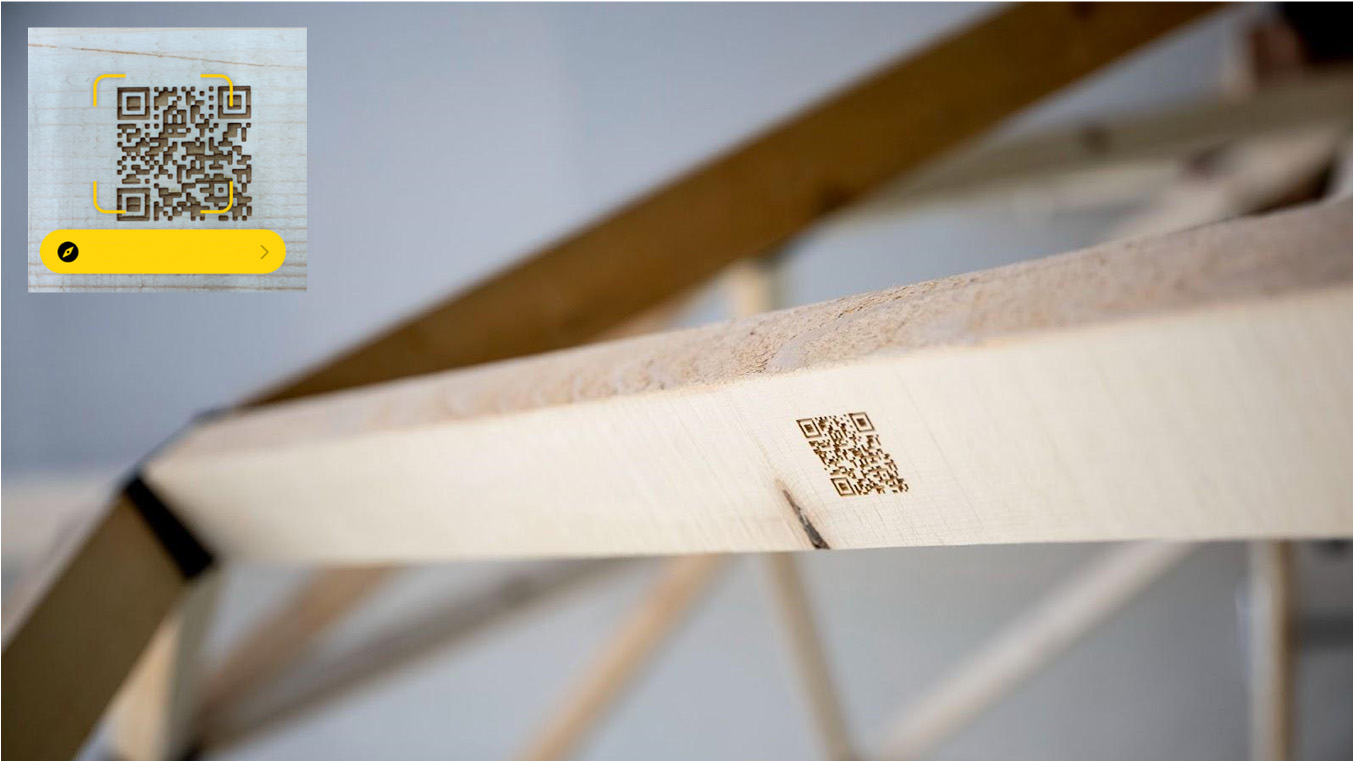SP3 Digital product passports (DPP)
This SP aims to develop (1) standardised DPPs and data templates that include relevant attributes, (2) a method for an automated generation of DPPs with Building Information Modeling (BIM), (3) a digital inventory tool for existing buildings, and (4) a tracking and tracing system for products and buildings.

DPPs are identified as the main enabler of a circular built environment as they ensure access to product information, improve traceability of products along the value chain, and include relevant data attributes to enable the tracking of all substances. The European Union (EU) has set the regulatory backbone of DPPs with the ecodesign directive which describes DPPs as cross-sectoral passports that collect product data for sustainability. Several passport initiatives exist such as Concular, Madaster, EPEA, BAMB, DGNB, Platform CB’23, CIRPASS, GrowingCircle, etc., which all aim to enable circularity in the built environment. Even though they are following the same aim, their scales (material, element, product, building), scopes (building parts that are taken into consideration, integration of a circularity assessment, function as inventory or optimization tool, etc.) and applied industries vary. The EU has set the first cornerstone towards a standardised DPP with the ecodesign directive; however the specific data requirements, data structures, scales, scopes and methods to generate DPPs are lacking. Furthermore the generation of DPPs for existing buildings was not taken into consideration by the EU and only a few non-standardized examples exist (e.g. Honic et al., 2023, Concular). A holistic approach combining data requirements, inventory tools for existing buildings and tracking of products is lacking. To align with the ecodesign directive of the EU, in SWIRCULAR the term DPP will be used.